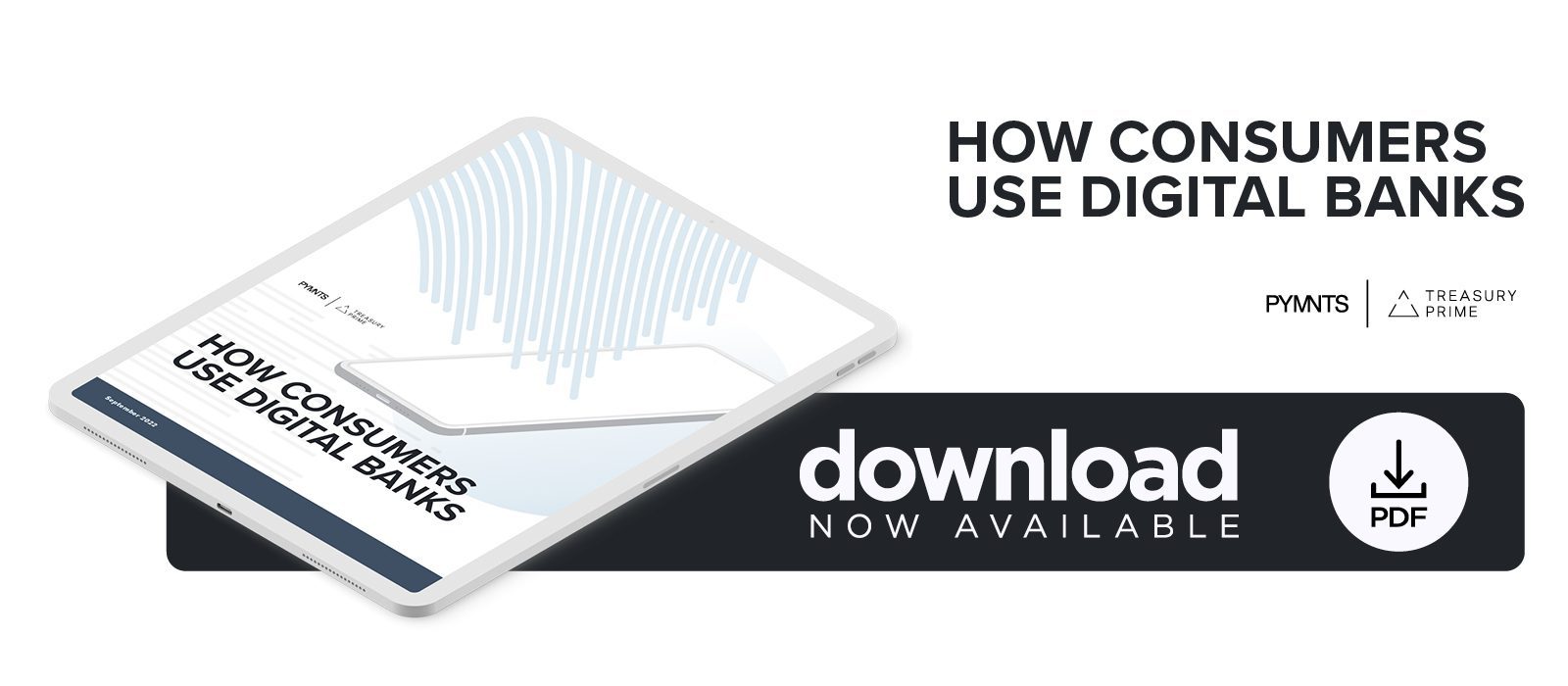
For any business accepting digital payments, navigating different payment systems in order to provide consumers with their preferred method can cause a broad range of issues.
For instance, integrating each new method separately can be time-consuming and require a high degree of technical know-how. The fact that payment service providers (PSPs) don’t necessarily prioritize interoperability between their own systems and competitors further adds to the complexity.
In fact, according to Paul Anthony, co-founder and head of Product & Engineering at the U.K.-based firm Primer, “merchants are leveraging many products and services from across the payments stack” in the current payment market. And while some of those PSPs have great user experiences and application programming interfaces (APIs), “nobody has built an underlying foundation with which to connect all of those services together.”
In response to this challenge, the London-based business-to-business (B2B) company has built a payments automation platform for merchants that is fully agnostic to the individual PSPs and payment systems that process transactions.
Learn more: 83% of Businesses Say APIs Are Critical to Their Strategies
For website developers, the advantage of having a single system from which they can manage the payment lifecycle has numerous advantages.
As Anthony put it, from a merchant’s perspective, each Primer integration works in the same way. The workflow for programming payment journeys and automations doesn’t change depending on the individual providers involved and developers never have to update their integrations.
What’s more, Primer is able to integrate new PSPs in days rather than months. And in the future, the firm intends to enable PSPs to build their own integrations.
Rising Demand for Checkout Localization
Unlike content management systems like Shopify which started out as an open platform facilitating payments through third-party applications before introducing its own payment solution, Anthony and Co-founder Gabriel Le Roux have resisted the temptation to turn Primer into a PSP.
This means that rather than being a competitor to payment processors, they see Primer as a solution merchants can use to accept and deploy more payment methods quickly and seamlessly.
Le Roux further pointed out that over time they have been able to quickly build interoperability with local payment methods. Moreover, the speed and ease with which payment methods can be activated has helped Primer to meet the rising demand from merchants for checkout localization which allows it to adapt the payment methods offered to different geographies.
In the end, the open ecosystem that Primer is building should be able to adapt to trends in the payments landscape and integrate new PSPs as they emerge.
Ultimately, however, the co-founders want Primer to go beyond a payments automation platform connecting only PSPs to include applications and services from across the commerce value chain.
Leveraging the firm’s ever-growing library of applications, merchants will be able to create customized automation between PSPs, loyalty platforms, shipping and logistics services. And more than just helping them manage payments, Anthony said merchants can “host their commerce business logic on Primer.”
A2A Payments Have Potential to Grow
When it comes to trends, besides payments fragmentation in markets across Europe and the Asia Pacific region, interest in alternative payment methods varies across different verticals.
For example, “in some industries there has been a willingness to test crypto,” Le Roux said, pointing to the recent announcement from British-Portuguese luxury fashion retailer Farfetch that it will accept cryptocurrency payments on its platform.
Read more: Farfetch Adds 6 Cryptos to Payment Options in 37 Countries
He added that open banking has also seen “some level of adoption,” especially for high-value products, but “we haven’t seen open banking as the revolution in payments,” although account-to-account (A2A) payments could grow in popularity moving forward.
Related: Real-Time Demand Will Boost EU Open Banking Payments, Says Worldpay EMEA GM
For all PYMNTS EMEA coverage, subscribe to the daily EMEA Newsletter.

New PYMNTS Study: How Consumers Use Digital Banks
A PYMNTS survey of 2,124 US consumers shows that while two-thirds of consumers have used FinTechs for some aspect of banking services, just 9.3% call them their primary bank.
https://www.pymnts.com/cryptocurrency/2022/payments-platform-wirex-launches-usdc-on-stellar/partial/






